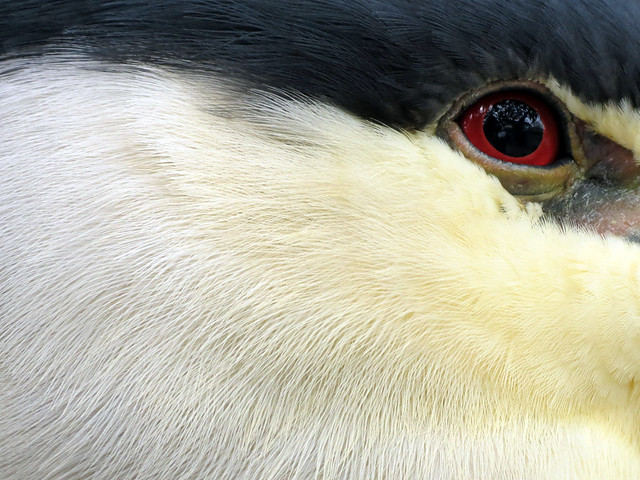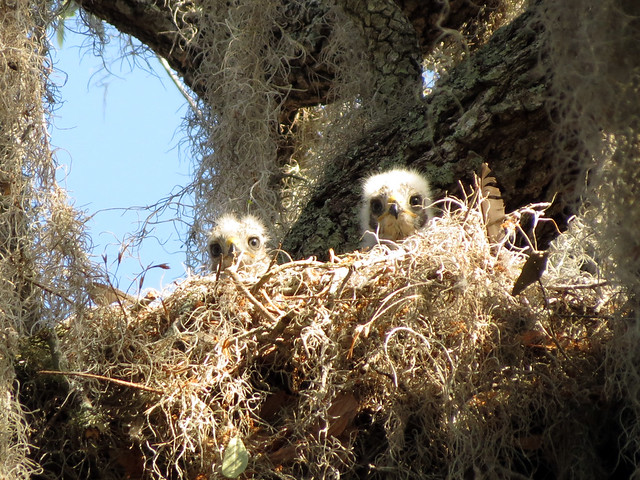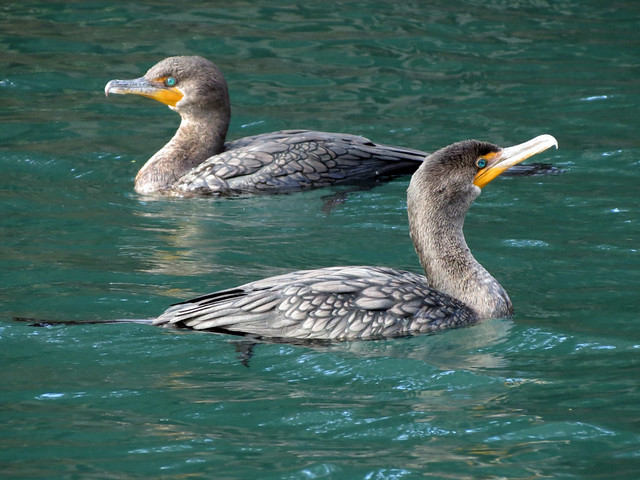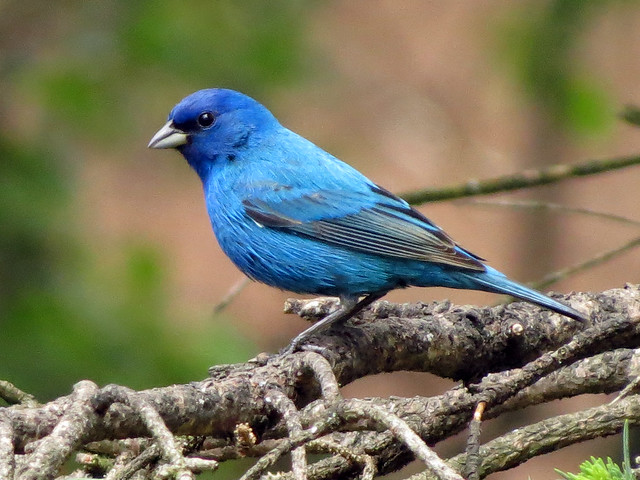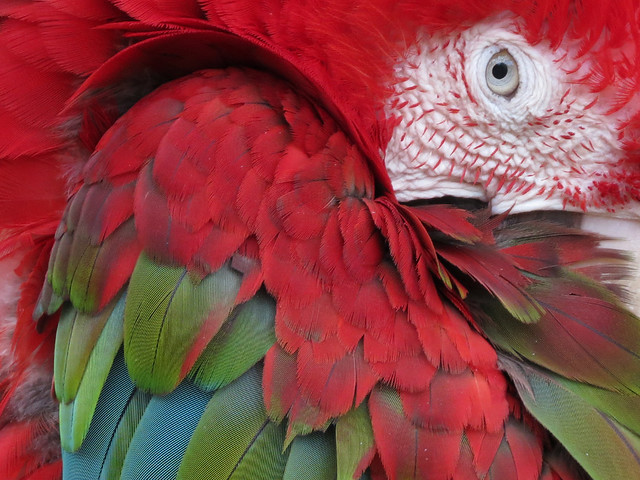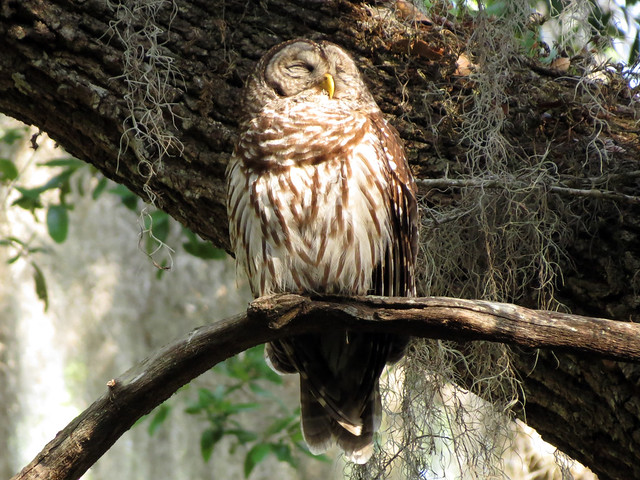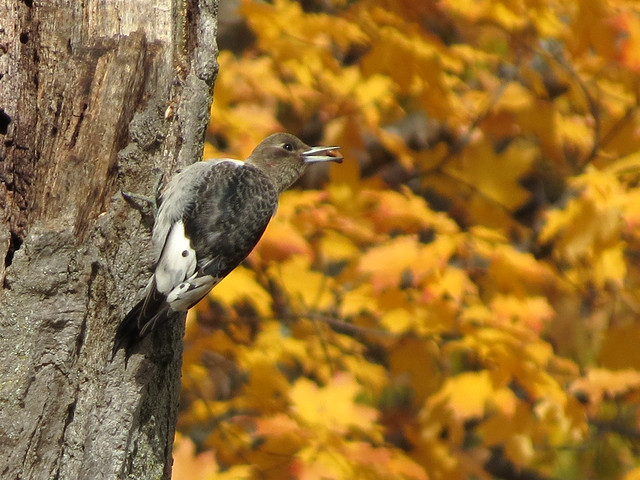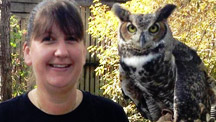I had a lot of fun on last week’s pelagic trip, the final event of the annual Space Coast Birding and Wildlife Festival. I managed to track where we went just fine, but I missed a couple of great birds. Oops!

Going under the causeway
Shortly after we left the inlet, the boat slowed down and we heard over the loudspeaker that there was a possible Razorbill being seen at 3 o’clock (the opposite side of the boat from where I stood). I stumbled over, but the bird never resurfaced and we moved on. I had missed the bird but at least I heard and understood the announcement.
For the rest of the trip I swear I couldn’t understand anything coming out of the loudspeaker! Sometimes other birders would call out so the rest of us could get on a bird. At one point I honestly think I heard it announced that there was an “Audubon’s Bridled Phalarope at 3 o’clock.” WTH!?
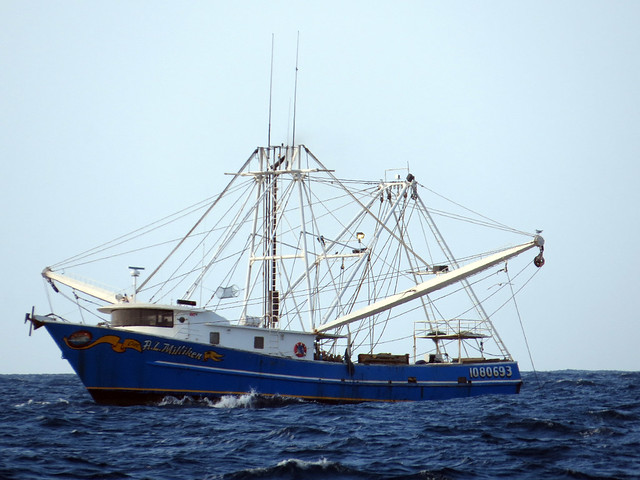
Shrimp boat with no gull groupies
I missed seeing a Brown Booby that was spotted from the opposite side of the boat. I ran over but the bird was gone by the time I got word. And during a comfort break I missed seeing a Bridled Tern perched on a buoy which was apparently giving crippling views. I had seen a distant but clear Bridled Tern earlier in the trip so this miss didn’t sting too bad — even though it was a lifer. The Booby would’ve been, too. Bummer. But really, I have to save some good looks and lifers for the next pelagic, don’t I?
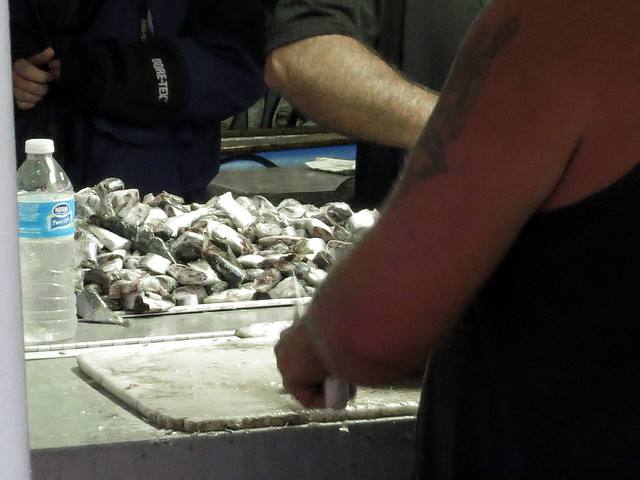
Chopping up fish for chum
Mates prepared chunks of fish to use for chum (pelagic standard operating procedure). For most of the trip, a disgusting slop was tossed out behind the boat to attract birds.
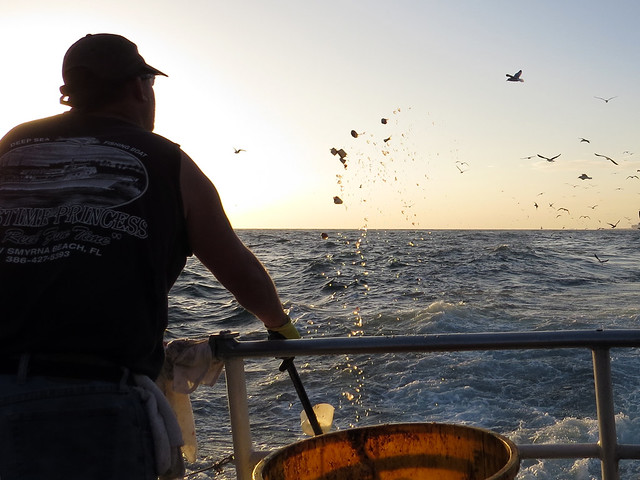
Chumming
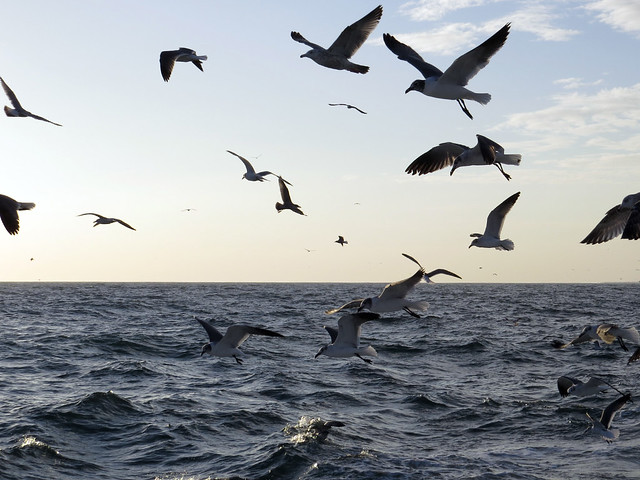
Gulls attracted to the chum
Laughing, Ring-billed, Herring, and both Black-backed Gulls followed us several miles out.
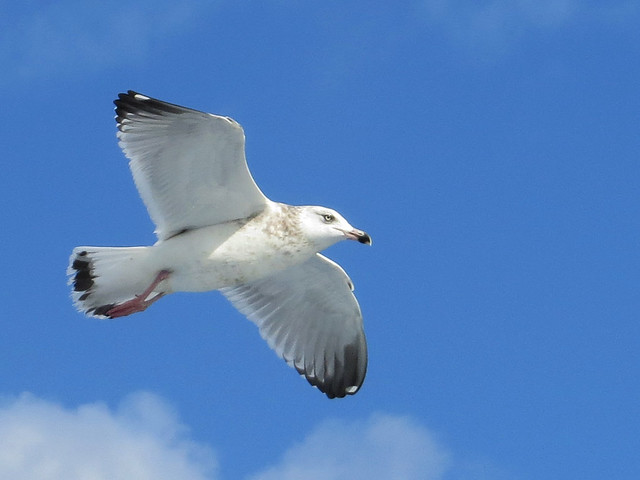
Ring-billed Gull
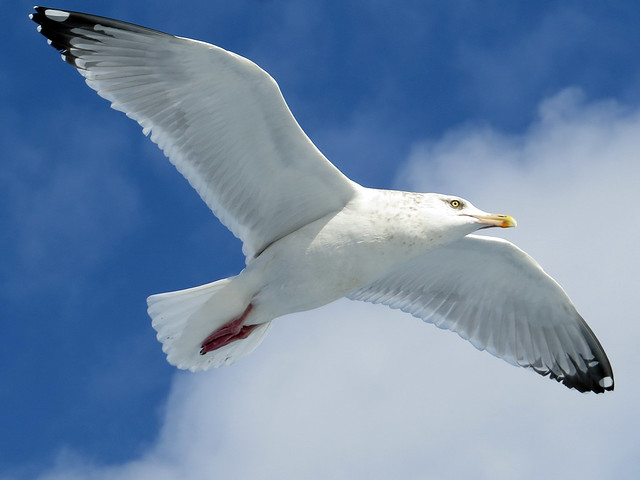
Herring Gull
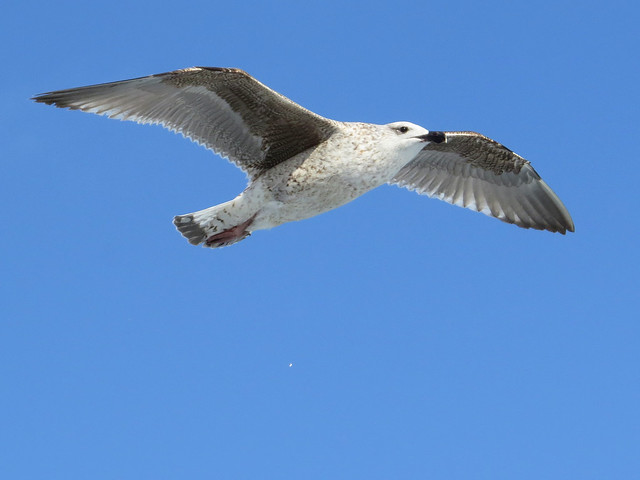
Great Black-backed Gull
Northern Gannets joined them, and we had the opportunity to study these large seabirds in their various plumages. The previous link goes to a slideshow of fabulous gannet photos taken by Laura Erickson, who was also on the pelagic trip. I was glad to have the pleasure to visit with Laura, albeit very briefly, before we reached port at the end of the day.
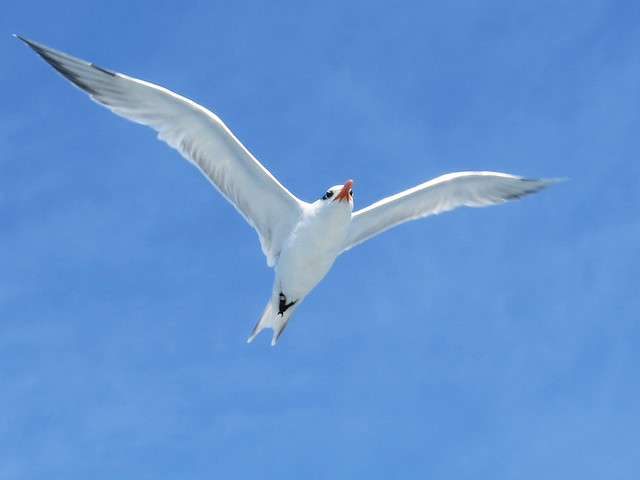
Royal Tern
We were also treated to nice views of Royal Terns as they soared behind and beside the boat.
When we were at about 40 miles out, but on our way back in, we slowed to release a very young Loggerhead Sea Turtle. The turtle had been in the care of the Marine Science Center for the past several weeks and Arthur had the chance to look after it during some of his volunteer shifts. The youngster was released among some clusters of sea grass.
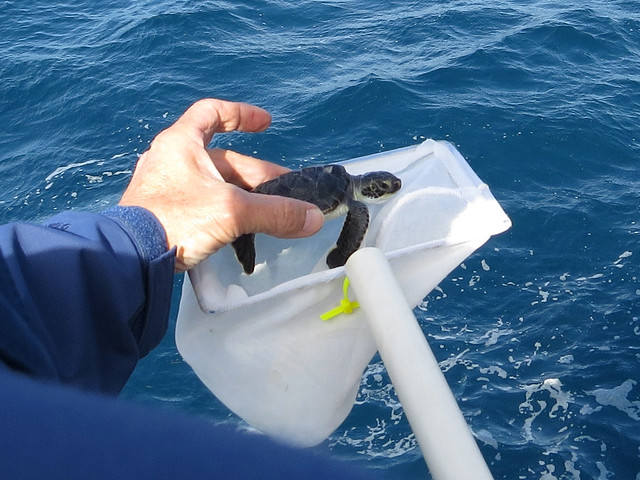
baby Loggerhead Sea Turtle
The rest of the trip back in was rather uneventful, bird-wise. People got to chatting and I moved around the boat, talking with some of the nicest birders I’ve ever met. Bruce Anderson brought out a small collection of study skins and gave an impromptu lecture on the identification of birds like kittiwakes, phalaropes, and the like. He even had a specimen of a young Razorbill, a casualty from the recent Florida invasion.
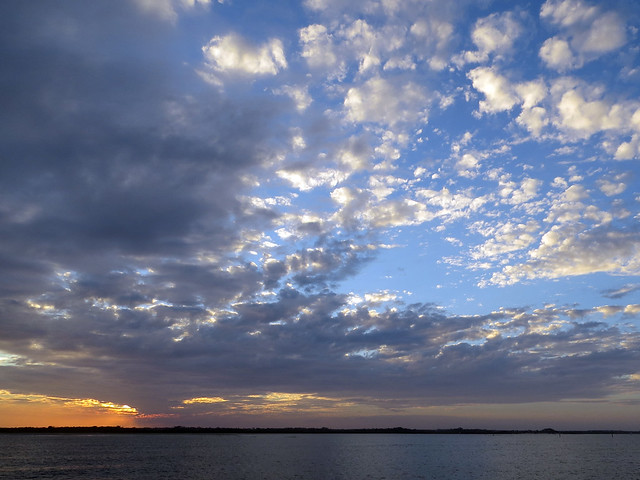
pretty sky
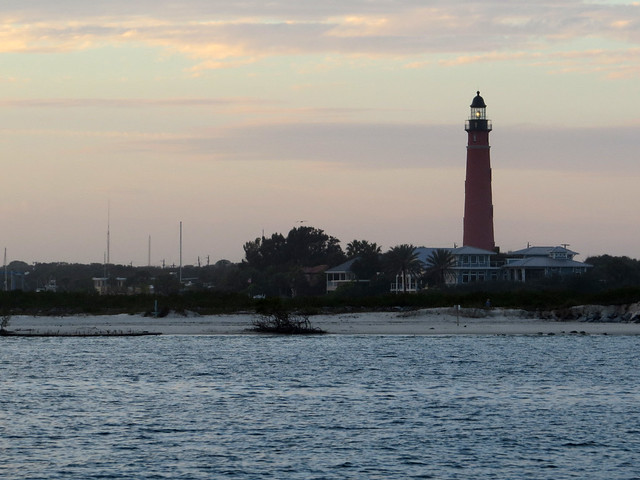
Ponce Inlet Lighthouse
All in all, it was a fun day out on the water. I got sunburned (will I ever learn?). I got one lifer. I got a bunch of new county birds (number one on eBird, baby!). I got to talk to some of the best of the best in Florida birding. Oh, and I got to meet and bird with Greg Miller. Yes, the Greg Miller.
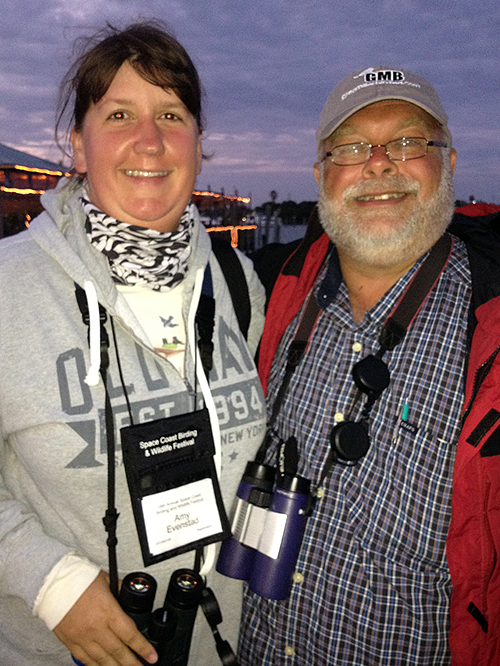
THE Greg Miller & me
Yes, it was a great pelagic trip that will be hard to beat! Until next time! Haha!




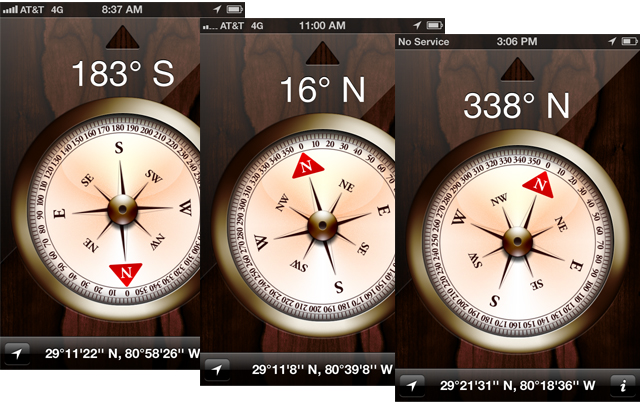

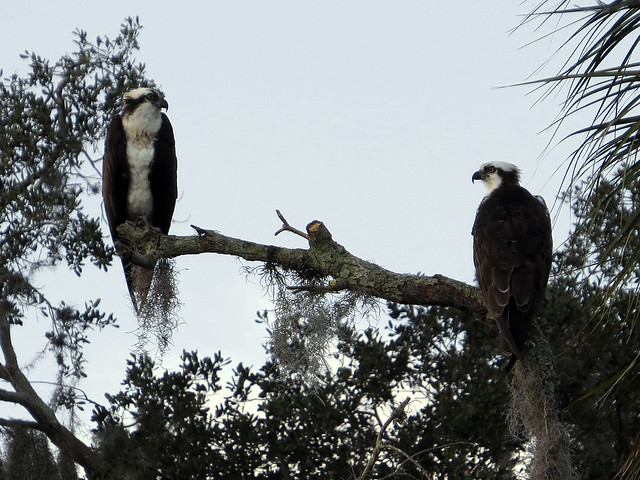
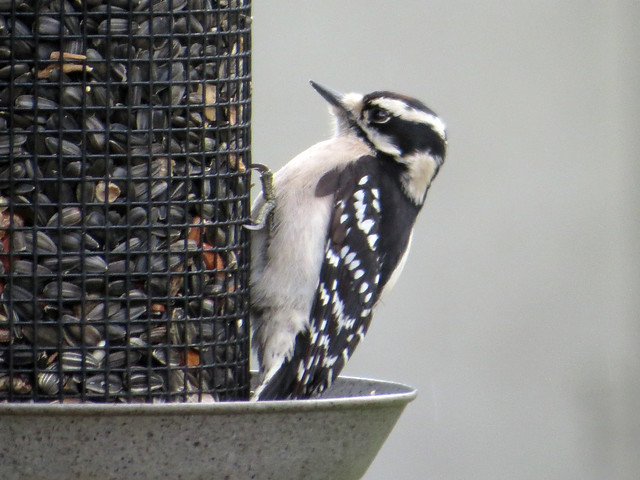
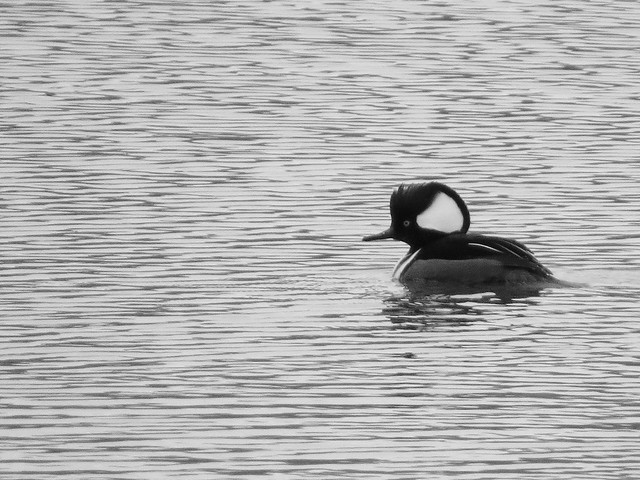
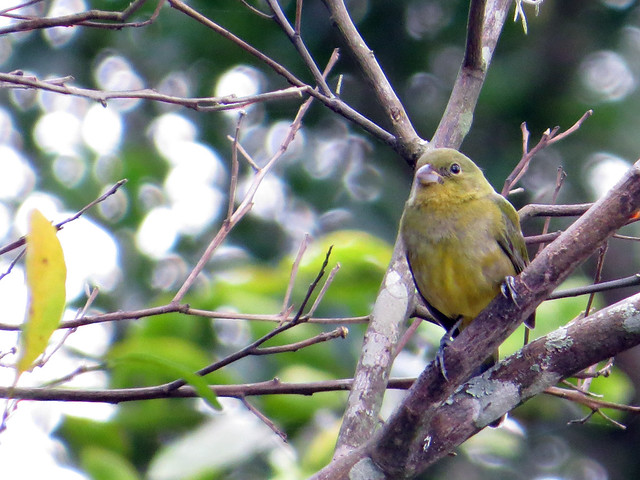

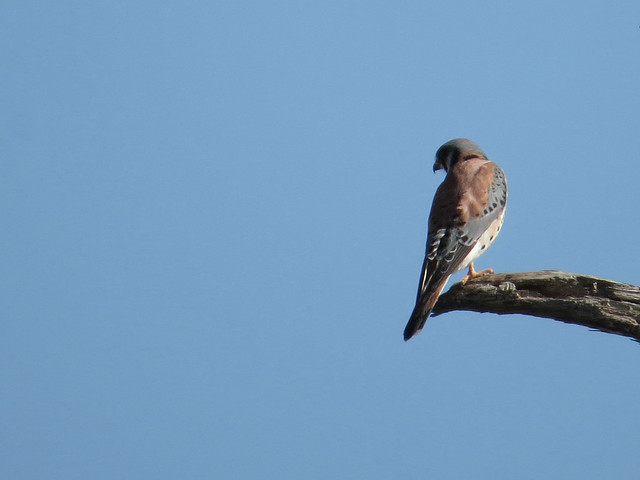
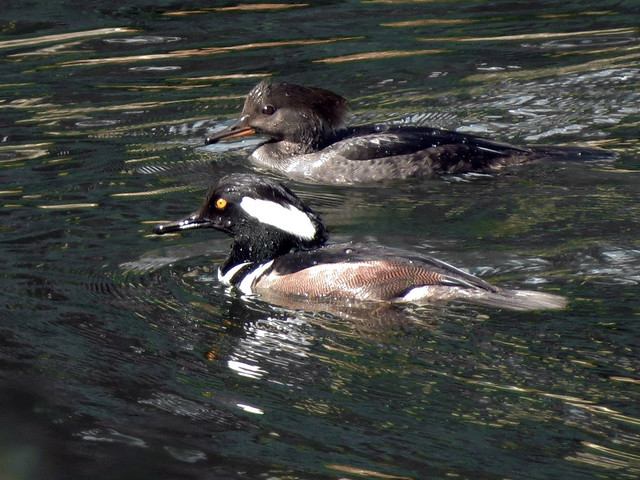
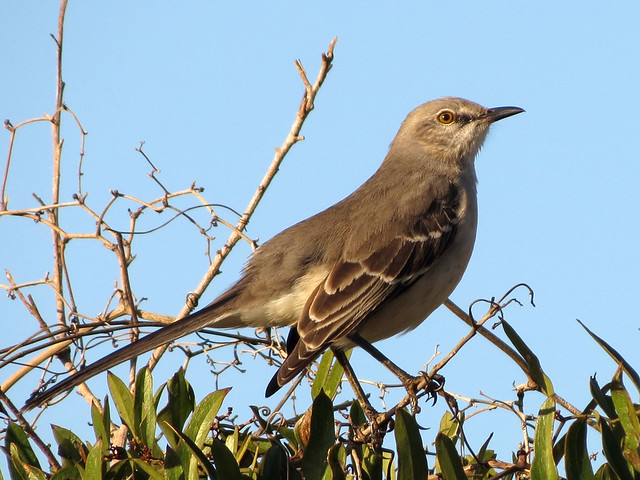
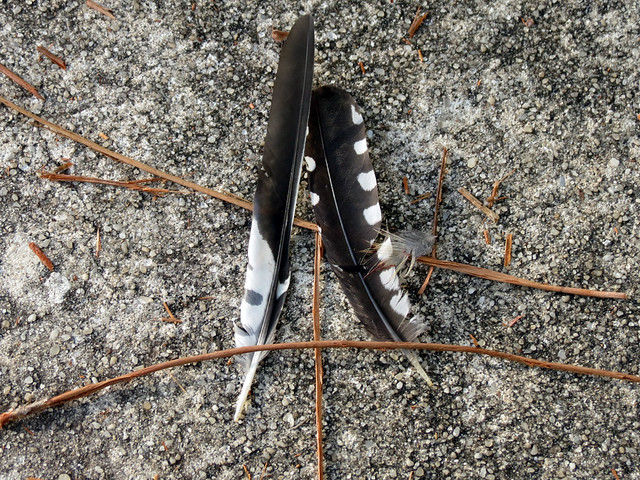
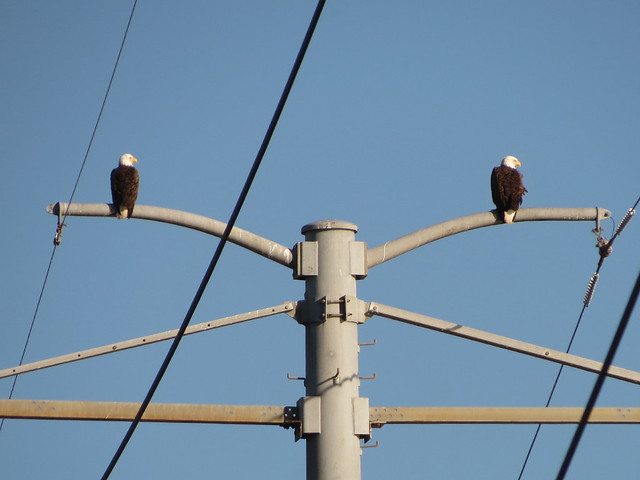
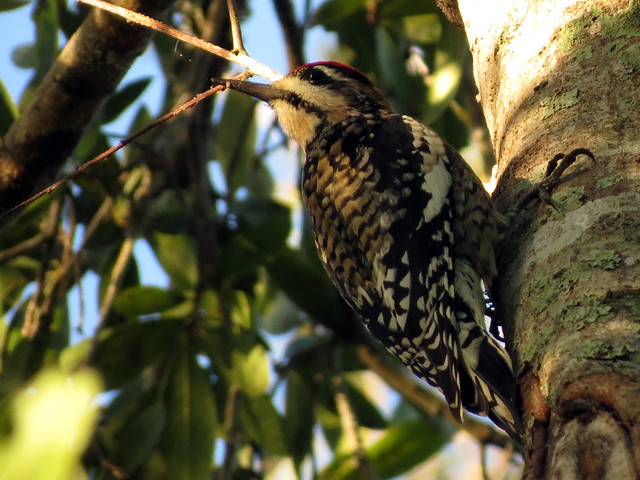
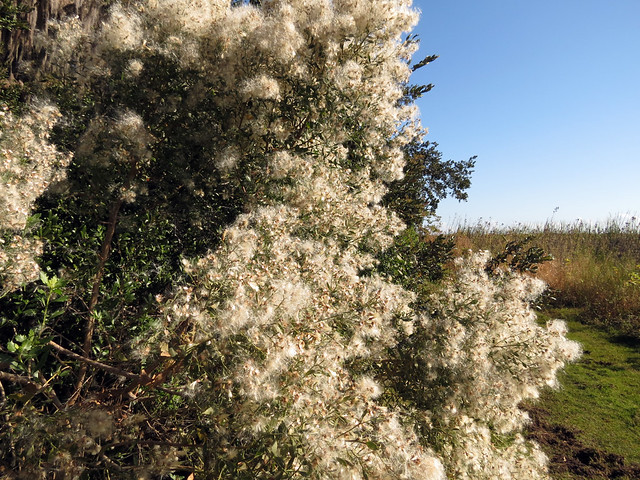
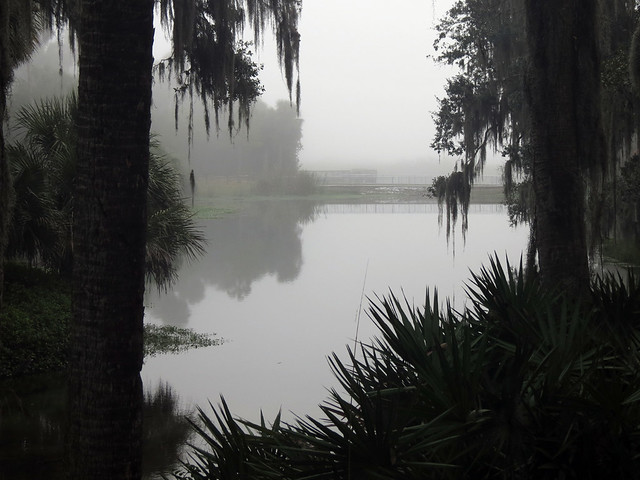
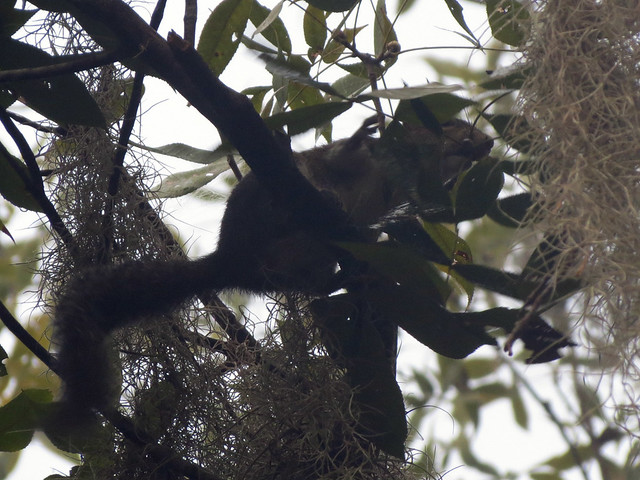
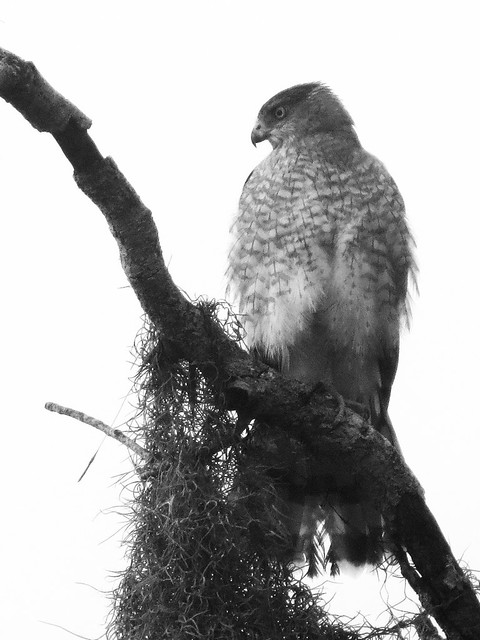
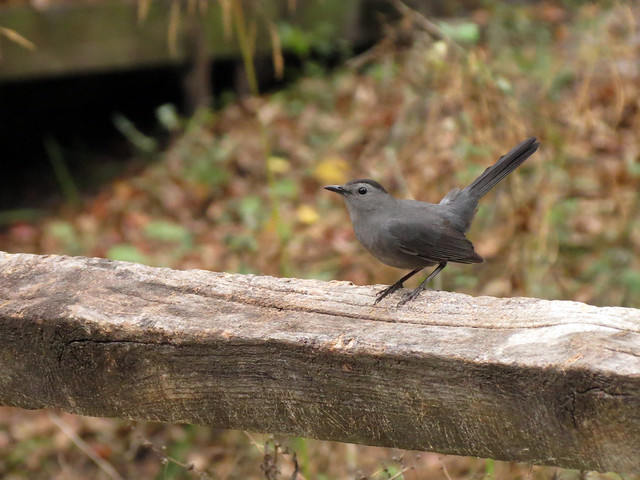
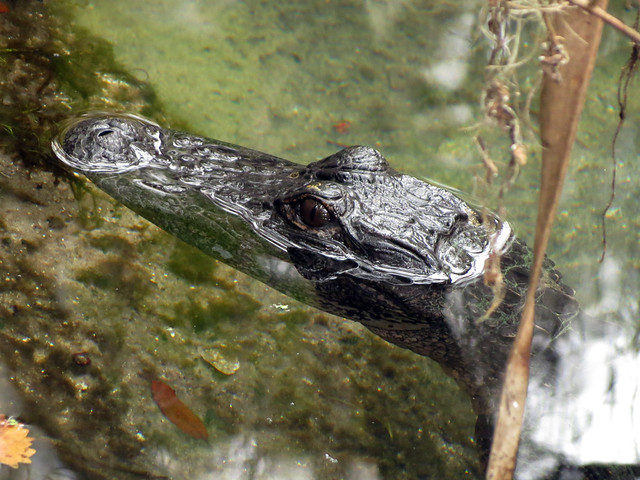
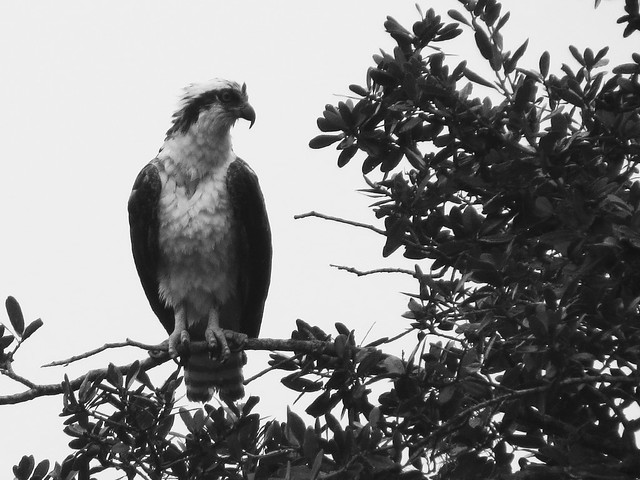
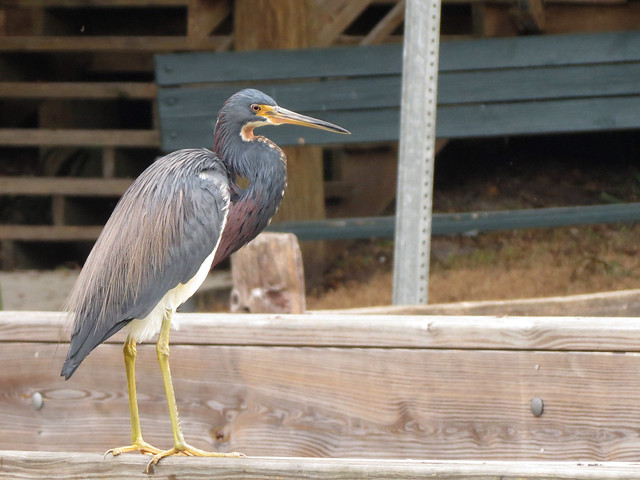

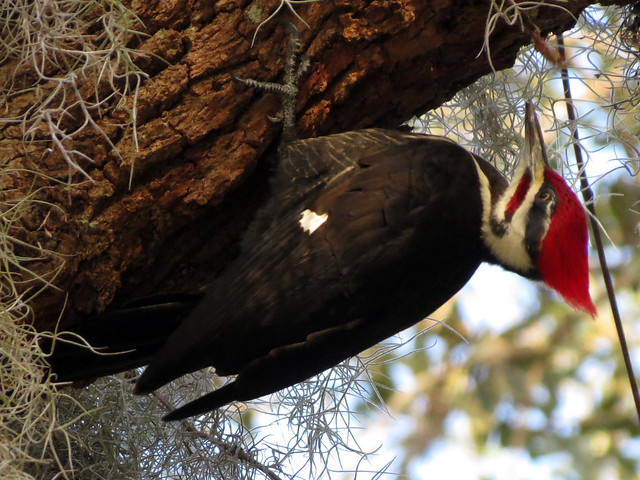
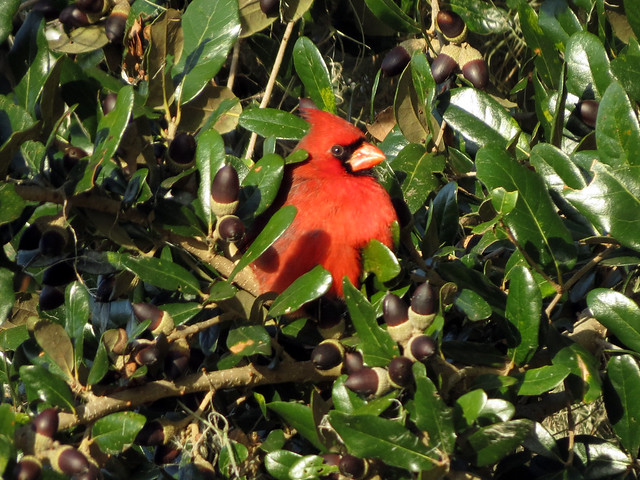

 Combining all of the Gemini hotspots leaves just the second week of May missing.
Combining all of the Gemini hotspots leaves just the second week of May missing.
